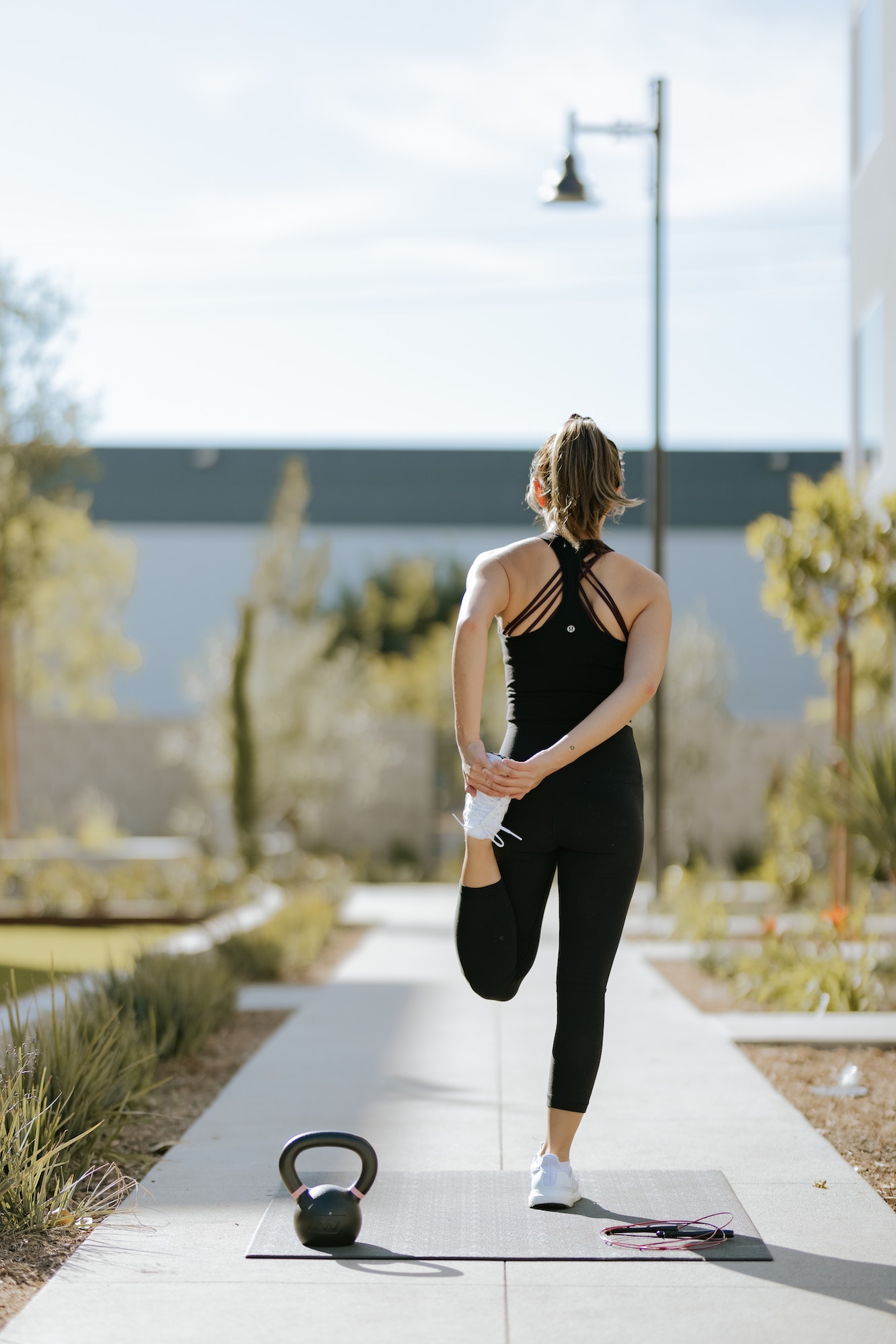When news broke that Ashley Olsen is reportedly battling Lyme disease, we decided to find out more. What we discovered was shocking…
Imagine if the simple act
of getting out of bed felt impossible. No, it wasn’t because you had pulled an all-nighter, polished off the last three quarters of that ‘nearly empty’ bottle of wine or jogged a marathon the day before. Instead, you feel your every limb is being pinned down like you’re
an extra in the Poltergeist remake – only, what’s haunting you isn’t supernatural
– it’s a debilitating infection brought on
by a tick bite. And making your situation more complicated, is that this disease isn’t even recognised in Australia.
The condition we’re talking about is called Lyme disease – the very same illness that fashion designer Ashley Olsen was reportedly diagnosed with earlier in the year. It’s caused by a bacteria known as borrelia, which is usually transmitted by a tick bite, and can lay dormant in a person for years until it takes advantage of an opportunity to feed off a lowered immune system. During the early stages, symptoms are almost flu-like (headache, fever, fatigue, muscle soreness). When it hits the chronic phase, however, sufferers can experience extreme fatigue, seizures, memory loss, decreased hearing, bone pain as well as blurry vision. According to the reports, Ashley is currently battling the latter stage of the condition.
An invisible illness
It’s tough to say how many Aussies are suffering from this disease. According to Sharon Whiteman, president of the Lyme Disease Association of Australia, there are no official numbers available because the government and medical community just refuse to recognise it. “We have 1,200 patients who self-report to us that are medically diagnosed by doctors as having Lyme disease,” Whiteman explains. “In the US, they have 300 new cases a year, so if you extrapolate that to Australia, we have no reason to believe we are different here.”
CLEO contacted the Australian Government Department of Health to get their stance. A spokesperson responded, “So far there is no conclusive evidence of an ætiological agent and content vector in Australia and [those are] problems with the accurate diagnoses of Lyme disease or Australian Lyme-like syndrome.” Now, explaining this in normal-person speak, they don’t think Aussie ticks carry borrelia. So if there’s no carrier, there’s no disease, and unfortunately for sufferers, this results in misdiagnosis and little medical help.
“It’s completely incomprehensible to Lyme patients that they have to wait for research to catch up before they get treated,” says Whiteman. “Patients are being neglected and denied treatment all over our country. It’s vital we get this into public and political discussion.”
Perth local Kathryn Delroy, 25, is just one woman trying to raise awareness through her own experience with Lyme disease. Here, she tells her story.
The degenerative effects
“There were times when I would ask myself, why am I bothering with life? It’s never going to get better. Now, I look forward to so much, mostly little things like walking outside, sitting on the grass and feeling the sunshine on my skin. See, when I was 17 years old I got glandular fever and just as I was predicted to get better, I got a whole lot worse. Lyme disease (LD) had taken over my body,
but it would be five years before I knew what was wrong with me.
All the achy, flu-like symptoms of glandular fever developed into a level
of exhaustion so extreme that I’d sleep through entire days and didn’t even have the energy to leave the house. Chronic Fatigue was basically the closest thing to a diagnosis doctors could give me and the prognosis was grim: deal with it until it passes, if it passes. At 23, my body deteriorated fast. I was studying and working, too, but it got so bad I couldn’t muster up the energy to dress, let alone walk out the door. I learnt who my real friends were during that time – some of them found it hard to understand. I met my now partner online while I was sick. Our first date was at a cafe close by my home, so I wouldn’t be exhausted by the time I arrived. I was so relieved when he wasn’t fazed by my illness, especially as I’d dated other guys who were impatient that I couldn’t go out and be normal.
Doctors couldn’t tell me what was wrong – but how could anyone help when I was suffering from a disease the Australian government won’t acknowledge and doctors are barred from diagnosing in this country? I eventually headed off to a doctor who specialises in chronic fatigue and we worked through a long list of what could be wrong with me: Multiple sclerosis, ALS… we tried everything. My doctor finally tested me for LD and the result came back positive. I’d been living with dormant LD since I was eight years old (likely caught from a tick bite), and the bout of glandular fever I’d had at 17 gave my immune system such a knock, it’d allowed the LD to become active.
Fight for acknowledgment
The LD had started to take down my mind as well as my body when I was 24. The biggest symptom for me was failing cognitive function – it was like I was going through dementia. I’d be in a room and not remember why I was there or I’d forget what I’d just said mid-sentence. It’s really scary. You think in your twenties you’re far away from experiencing anything like that.
After a lot of research, I found a clinic in Germany that specialised in treating LD using Systemic Whole Body Hyperthermia. It wasn’t cheap ($28,000 including flights), and the fact I had to travel so far to be treated for a disease we should be treating in Australia was hard to accept. If it wasn’t for my family’s generosity, I’d never have found myself undergoing two weeks of treatment in Germany. Under sedation, I’d lie on a bed of what looked like tin foil for four to six hours each day while my core body temperature was raised to 41.8°C and I was injected with insulin-potentiated antibiotics. This killed the LD, but as the treatment is still experimental it’s not guaranteed to work for everyone.
It’s been a year since Germany, and I still can’t believe what my life looks like compared to before. Now, I can go running, plan my upcoming wedding to a man I’m not sure I could have made it through without, study full time, move interstate and, of course, go outside and lay on the grass. This second chance has taught me how important it is to love every bit of life, especially the small stuff.”







